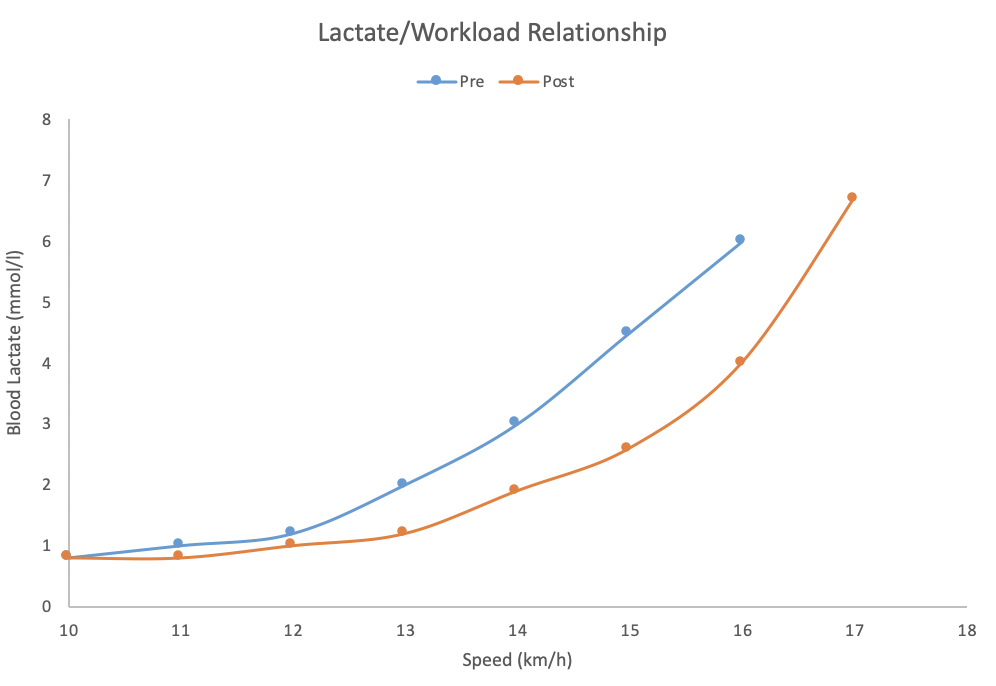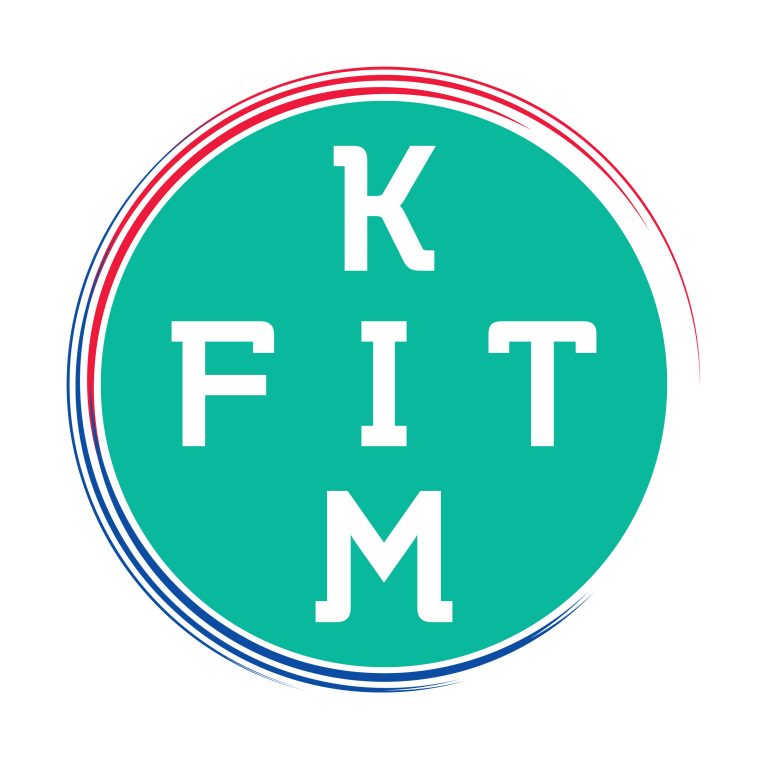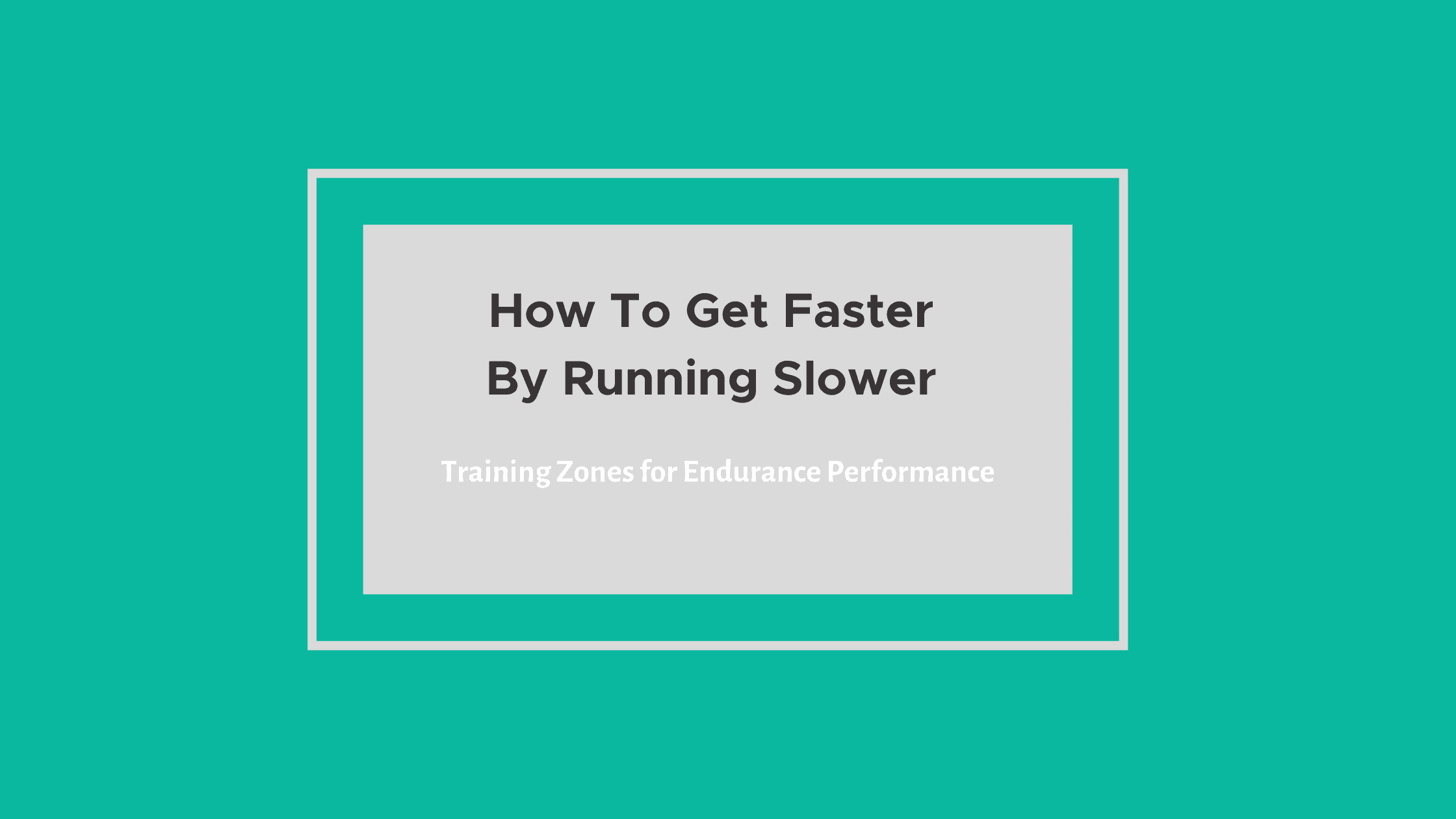How To Get Faster By Running Slower
Want to know how to get faster by running slower? Part 2 of the ‘Physiology of Endurance Training’ blog series covers the different types of running training you should be doing and why. If you’ve not read part 1; ‘The Core Components of Endurance Training’, I’d suggest heading there now and coming back here later.
Now we know what factors constitute successful endurance performance (if you don’t, head to the previous blog by clicking here) it is important that we learn how to train them in order to make progress.
The bad news is that there isn’t one type of training for one determinant. That would be too easy. However, it does mean that in order to become a successful endurance athlete your training needs to be varied; and you’ll get more bang for your buck as every session will hit one or two determinants.
Research has categorised endurance training into three zones:
- Long, slow distance
- Moderate duration, high intensity
- Short-duration, high-intensity
These are best monitored using heart rate; however, rate of perceived exertion (a subjective 1-10 scale of intensity) can also work really well and teach you to be in tune with your body.
Long, slow distance
This is where the go slow, to get faster comes from and it should form the cornerstone of any endurance plan. This type of training involves conservative intensities (<70% VO2max) and longer durations (60-120 min). You should be able to hold a conversation comfortably at this pace.
Endurance performance relies heavily on the aerobic system; building this aerobic base with long, slow training improves the body’s ability to extract, transport and consume oxygen in the process of aerobic ATP synthesis.
Long, slow distance training elicits the following physiological adaptations:
- Increased blood volume = increased oxygen carrying capacity.
- Increased mitochondrial size and density = increased capacity for aerobic re-synthesis of ATP. This means you can work at higher % of VO2max, reducing the contribution of anaerobic glycolysis.
- Improved fat mobilization = delays the accumulation of detrimental waste products associated with glycogen breakdown
In addition, it places low forces on musculoskeletal system; therefore, it is possible to complete a large volume of modality specific training with low risk of overuse/high-impact injuries.
Moderate duration, high intensity
Do the terms threshold, pace and tempo training sound familiar? These are all terms commonly used to describe moderate duration, high intensity training performed at a pace/heart rate at or near to lactate threshold (LT). I’d describe this pace as being able to hold a broken conversation.
This zone of training is designed to create a rightward shift in the lactate/workload relationship (which we discussed in part 1). This shift means you can work at a higher % VO2max prior to onset of debilitating effects of accumulating blood lactate (BLa; a by-product of anaerobic ATP resynthesis).

Moderate duration, high intensity training elicits the following physiological adaptations:
- Reduced rate of BLa production because of a reduced reliance on anaerobic glycolysis via an improved ability to generate ATP via aerobic pathways
- Enhanced removal systems = less build-up of BLa, and less interference with muscle contraction
An example session might be 2 x 10 min at LT, with active recovery between sets.
Short duration, high intensity
Short to moderate duration high-intensity exercise (30 sec to 5 min) with short recovery (insufficient to facilitate full-recovery); aka HIT. You should only be able to manage a few words at this pace.
The physiological adaptations from HIT seems to differ depending on training status. Highly trained individuals demonstrate a shift away from using carbohydrate as fuel and a lower lactate accumulation for same workload. The latter is believed to be a result of improved BLa removal minimising the negative influence of BLa on muscle contraction.
In sedentary people, an improved capacity for aerobic ATP production is evident via an increase enzyme activity.
This type of training is particularly good for improving VO2max; as by definition it requires the athlete to work above and beyond what is required in competition. However, unlike long, slow distance training it places high loads on the musculoskeletal and neural systems thus requiring greater recovery and less frequent use.
Other training
It would be remiss of me to neglect to mention strength and mobility training. Both these modalities of training play an important role in endurance performance and I have discussed how to combine run and strength training in another blog.
You can read it here.
So, ‘how much of each type of training should you be doing?’
The general rule of thumb is:
- LSD – 70-80%
- LT/HIT – 20-30%
However, this may fluctuate depending on your personal needs and your training periodisation. As you get closer to the peak of the season (or key race), you’ll most likely reduce volume and up intensity and then taper off so that you’re recovered for your key race.
Overall, I’d recommended a good mix, which incorporates strength and mobility training whilst allowing sufficient recovery. A good rule of thumb is to keep your easy runs easy, and go hard on the LT/HIT ones. Don’t be afraid to go slow to get faster long-term.
Incorporating an appropriate mix will ensure the five determinants of endurance performance; VO2max, lactate threshold, fractional utilisation, economy and fuel supply are addressed and optimal performance possible.
If you’re interested in coaching, I offer a membership plan that combines run and strength training in a comprehensive support package. If you’d like more information, get in touch here.
Follow me on social media for daily training inspiration and advice:
References:
Whyte, G., Spurway, N., MacLaren, D. (eds.). 2006. The Physiology of Training. Elsevier LTD. UK.



